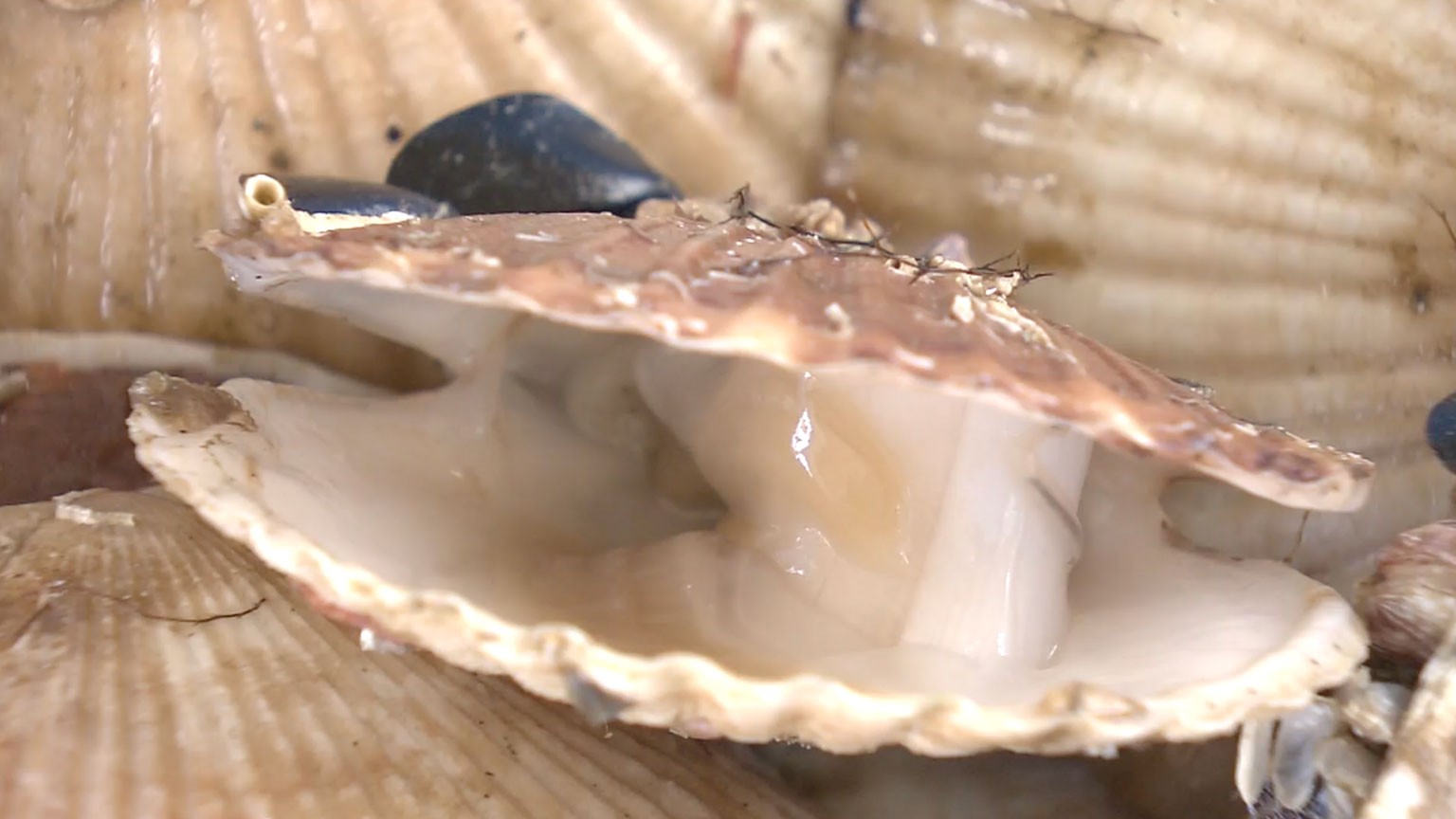Aomori's Mutsu Bay is famous for its bountiful scallop harvests.
Fishermen typically place baskets of juvenile scallops in Mutsu Bay in the spring to grow. But when they raised the baskets in October, they found many of the inhabitants were dead.
A smaller number of scallops now impacts future harvests because reproduction decreases.
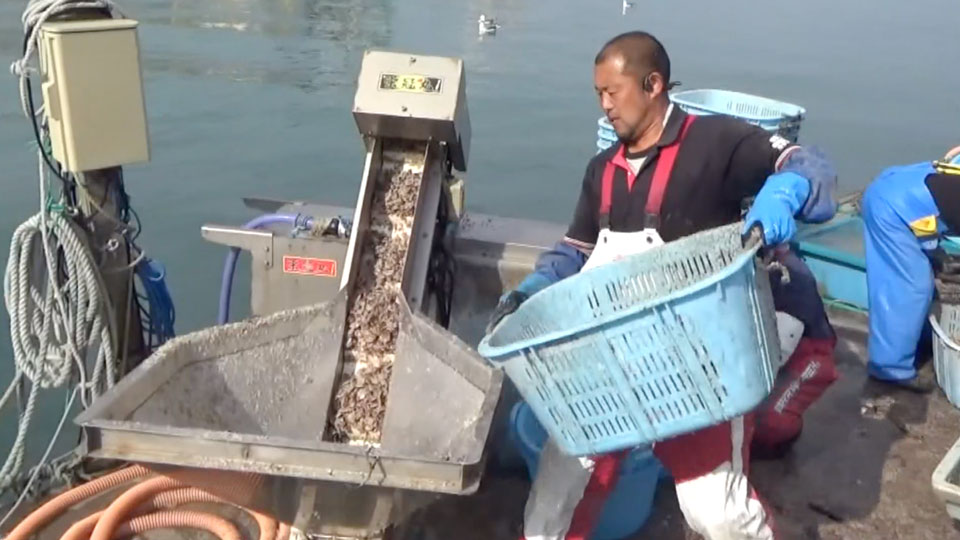
A fisherman says, "We were already facing economic problems due to China's import suspension, this makes it a double punch. People may not be able to eat our scallops next year."
A survey by the fishery cooperative and Aomori Prefecture found high scallop death rates in other areas as well.
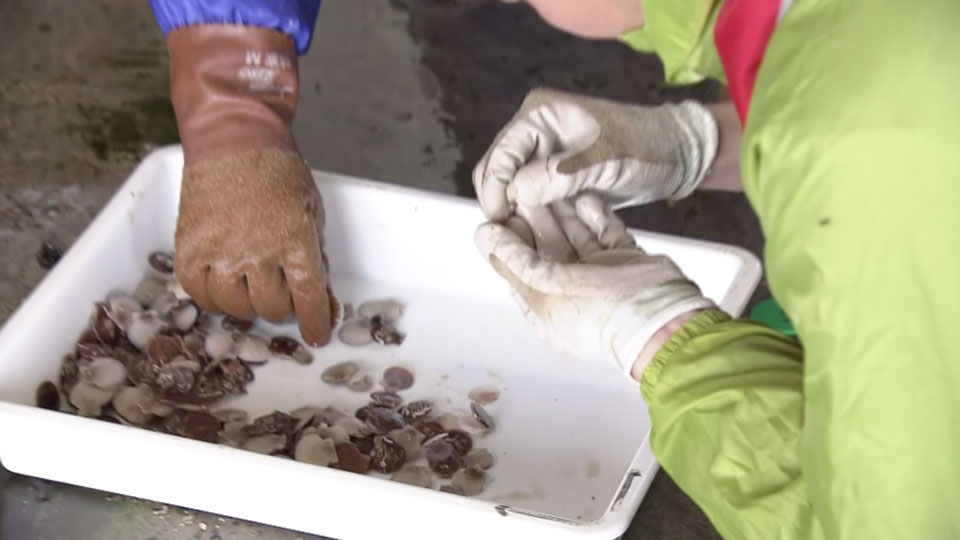
Researchers point to high water temperatures
A local fisheries research institute blames the deaths on high water temperatures caused by this year's record heat.
Scallops grow weaker once the water temperature passes 25 degrees Celsius, and the risk of death progressively increases after it reaches 26.
The institute's data shows the water temperature at the roughly 15-meter depth where scallop farming takes place was 3 to 4 degrees higher than average from July to October this year. The average water temperature for five days in early September reached 27 degrees Celsius.
Satellite observation data also confirmed abnormally high water temperatures in Mutsu Bay. A Japan Aerospace Exploration Agency satellite recorded surface sea temperatures of around 28 degrees Celsius in Mutsu Bay from late August to early September.

Nakata Kenichi, the fisheries institute's director, says, "Prolonged high water temperatures cause scallops to consume greater energy, which can weaken and kill them. I'm very worried that the demise of so many young scallops will affect harvests for years to come."
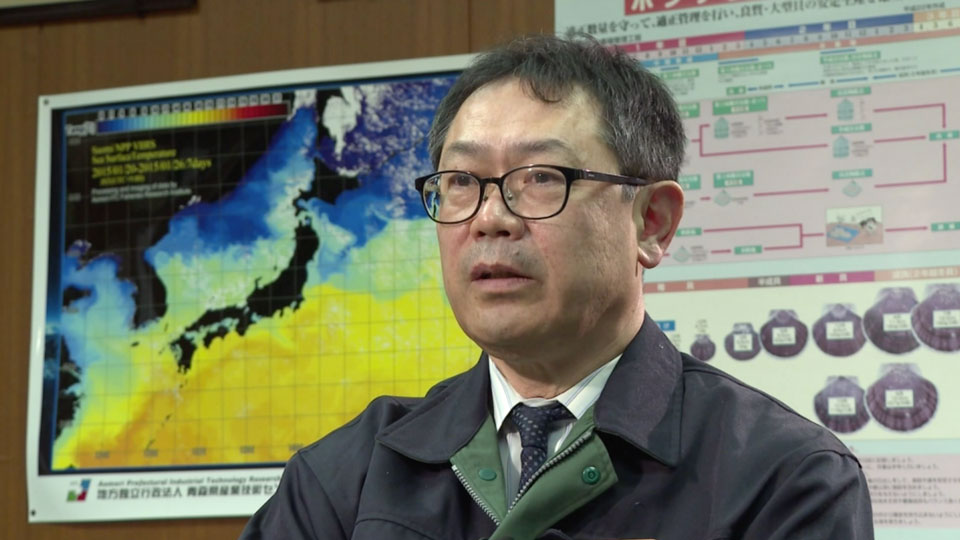
Processing companies are struggling
Companies that process and export scallops are also feeling a growing sense of crisis. Arakawa Koichi is the president of an Aomori processing company that has been doing business with China for 20 years. But Beijing suspended imports of scallops from Japan in August.
Arakawa went to Taiwan in October to promote his company's products. But the welcome response he received was suddenly offset by the mass death of scallops.
"A large number of scallops died just as we were trying to expand our overseas markets. Now we have few scallops to sell."
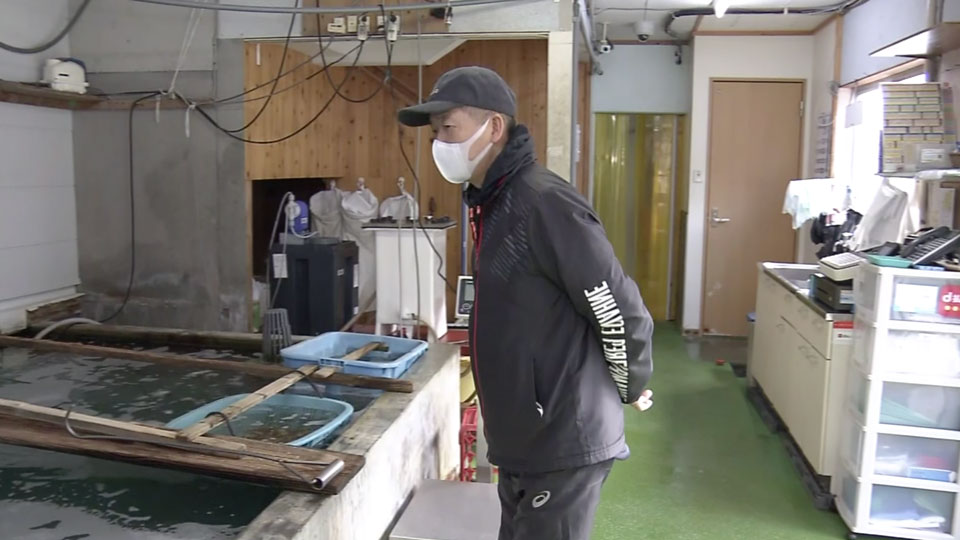
Arakawa says he may have to review his firm's business model if Mutsu Bay temperatures remain high.
"If scallops are no longer available here, we'll have to find an alternative product. I think we have to look for marine products that thrive in warmer waters."
Mutsu Bay's scallop industry — a pillar Aomori's economy — is now at a crossroads. Researchers and officials in the prefecture have established a task force to find measures that will allow the industry to survive even amid higher water temperatures.
